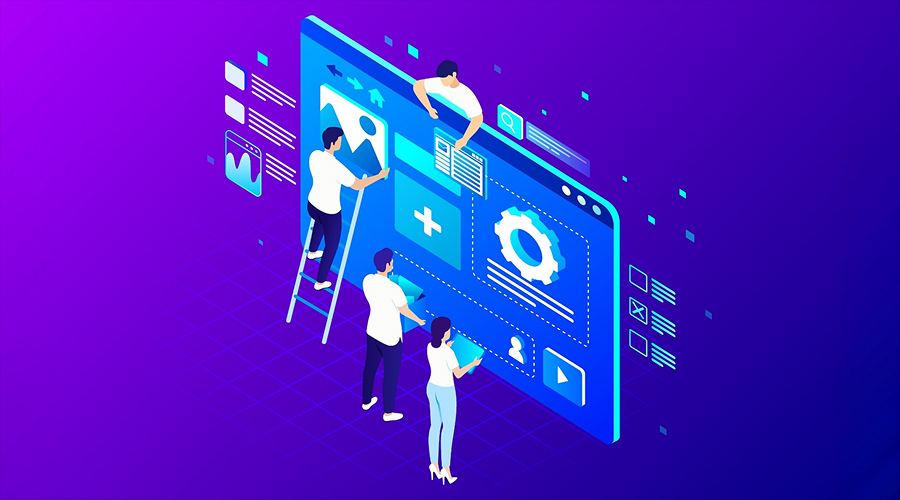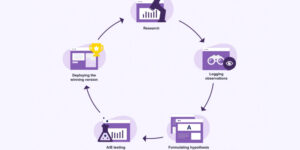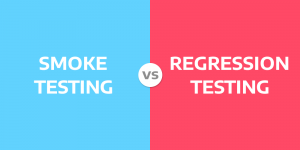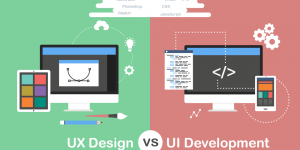
Any software is judged not solely on the basis of functionality or security but also on its user experience. This is where the importance of visual testing comes in. The primary function of UI testing is to verify both functional aspects and visual standards in software application user interfaces. Businesses now recognize visual testing as an indispensable quality assurance element as user experience (UX) stands as their main priority. The user experience market holds a value of USD 46.8 billion in 2024, and analysts predict it will reach USD 54.93 billion by 2032, according to Fortune Business Insights.
The market expansion emphasizes that businesses need to prioritize interfaces that deliver aesthetic quality simultaneously with smooth operation. This blog explores top visual testing tools that can help businesses ensure software with smooth and best visuals.
Understanding Visual Testing

Visual testing functions as a method to verify that user interface (UI) designs look good and are uniform across all platforms, ensuring all visual elements work as intended. While it shares some similarities with UI testing in terms of interface validation, visual testing differs by performing pixel-level comparisons, whereas traditional testing focuses more on functional requirements. The process begins by capturing baseline images of the UI before any code changes are made, and then compares these snapshots to identify visual deviations. This helps maintain a consistent, user-friendly experience across devices and browsers.
Here are some key benefits of performing visual testing:
- Visual testing helps in detecting UI problems, including layout problems and broken images together with text that overlaps which can affect user experience.
- Complements functional testing as it ensures all visual elements such as fonts colors, and images work as intended.
- Protects the brand image of the company, which can be damaged if UI is not tested properly.
- Enhanced user satisfaction emerges through high-quality visuals, which creates higher brand loyalty, together with better user engagement.
Top 5 Tools For Visual Testing

Let’s deep dive into the best visual testing tools for you
1. TestGrid
TestGrid is an AI-powered platform, which provides end-to-end testing capabilities to facilitate easy automation of visual testing operations for mobile app development and web applications. It delivers precise accuracy for visual elements across multiple devices and browsers so users can validate every visual component, including layouts, images, text, and videos. TestGrid enables complete visual testing automation through a minimal code input that does not require external SDKs or modifications to your current test cases. The Visual AI technology provides enhanced traditional testing capabilities, which support complex scenarios.
Key Features:
- Ensures pixel-perfect accuracy of UI elements with the power of AI across multiple devices and browsers.
- Integrate directly into your existing test cases without requiring any external tools.
- TestGrid automatically analyzes UI elements against baseline standards to find early visual mismatch points.
- Performs every aspect of UI, validating text, images, layouts and video elements.
- Detects even the smallest UI deviation on its own to decrease the need for human maintenance.
- Supports all popular browsers and devices for developing consistent visual interfaces everywhere.
- Enables extensive testing coverage, including complex eCommerce and BFSI flows at full speed with precise accuracy.
- Detects visual regressions immediately through baseline comparison to verify that no unintended modifications occur.
2. Galen Framework
Galen Framework is an open-source visual testing solution that focuses on layout and responsive design verification. Galen Specs is a language for writing specifications, enabling you to define element positioning and alignment for a set of screen sizes, and Selenium allows you to use it. This tool is great for mobile and desktop interface usability since it allows consistent visual presentation across different devices through its ability to validate responsive web designs.
Key Features:
- Responsive designs can be tested through its browser resizing feature.
- Uses human-readable Galen Specs language.
- Supports cross-browser testing with Selenium.
- The system produces detailed HTML reports that simplify the process of issue identification.
- Enables image comparison and color scheme verification.
3. Needle
Needle serves as a simple open-source visual regression testing tool that performs layout application comparisons using saved images. Testers can use Needle to take baseline images which they can compare against new screenshots obtained during testing sessions. The Needle tool works with different viewport dimensions and offers an easy-to-use interface that makes visual testing accessible to beginners.
Key Features:
- Baseline saving for visual comparison.
- The testing tool functions with many different viewport sizes
- Uses ImageMagick, PerceptualDiff and PIL to capture screenshots.
- The system saves images on local storage for convenient file organization.
- Beginner-friendly documentation for quick setup
4. Applitools
By harnessing AI and no-code methods along with Visual AI technology, Applitools operates as a visual testing platform that delivers automation to quality assurance processes. Visual validation and maintenance become automated through this platform, ensuring a consistent user interface across different platforms. Applitools provides detailed visual testing, together with automatic browser and device cross-validations and self-correcting tests that modify minor user interface adjustments.
- AI-driven visual validation across every platform.
- Codeless test creation with natural language processing.
- Self-healing tests for automatic adjustments.
- It provides automatic maintenance while decreasing the number of false positives.
- Comprehensive testing, including functional, visual, and accessibility features.
5. Diffy
The lightweight visual regression testing application Diffy, performs cloud-based screenshot comparisons between different application versions. The tool enables teams to detect visual modifications during early development stages so they can discover regressions before reaching the production environment. The Diffy platform serves as an excellent tool for teams that need a basic solution to track visual consistency between staging and production environments.
- The tool is cloud-based for easy testing across different environments.
- It automatically compares screenshots to find visual regressions.
- It is perfect for testing staging and production environments.
- A simple user interface with no complicated installation process.
Conclusion
Each of the tools in this list of best visual testing solutions in 2025 offers a specialized feature to meet a specific testing requirement. The listed platforms provide different options that help maintain user interfaces free from error and visually consistent across all platforms and hardware through AI assistance or foundational frameworks and open-source components. Choose the best one from these tools to enhance application quality standards, shorten testing periods, and reduce maintenance requirements for teams.






